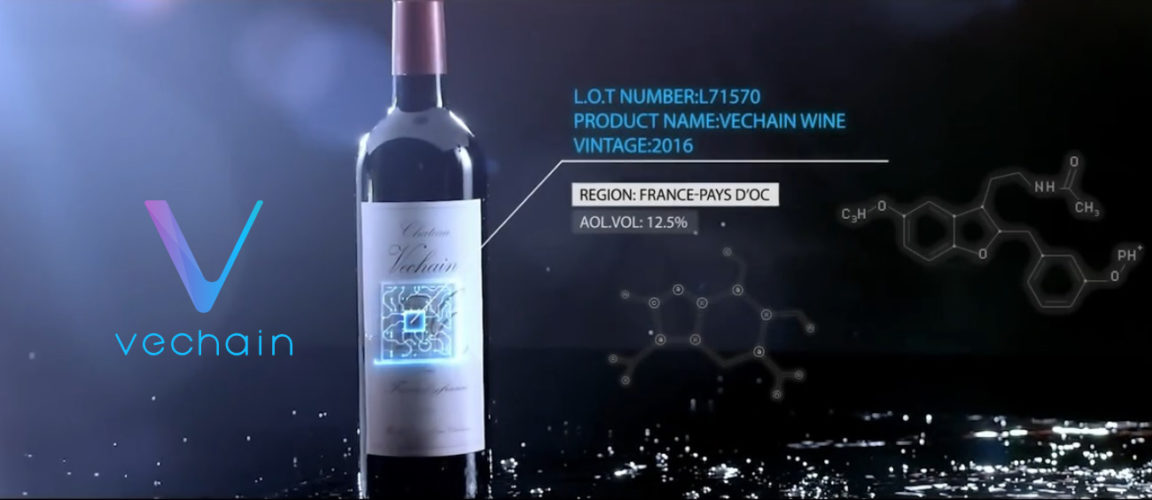
In line with the required article in week 6, this blog will look at the influence of social media on the valuation of Bitcoin. This article will also look at the differences between the stock markets and the cryptocurrency markets, with regards to regulations and inspection.
Academic research shows that social media is an important indicator to predict Bitcoin returns. Mai et al. (2016) came up with the following results:
- Bullish (bearish) postings on social media lead to positive (negative) bitcoin returns on the next day;
- Greater disagreement across messages on social media preceded higher bitcoin exchange volume on the next day;
- The total volume of message posting had a significant influence on Bitcoin volume the next day.
These results seem similar to the results in the article of week 6.
However, it is important to realise that stock markets and the cryptocurrency market are different.
At the Wall Street stock exchange, there is this agency called the SEC (Securities & Exchange Commission). This agency attempts to ensure that all trades on the stock market are fair, avoiding price manipulation or insider trading. An example: After Elon Musk tweeted that he planned to remove Tesla from the stock market, he received a 20 million dollar fine from the SEC, as he manipulated the stock price through his tweet.
In the cryptocurrency market, there is no such thing as a SEC and therefore, the market is vulnerable to insider trading and price manipulations. This is also one of the reasons why people are sceptical about cryptocurrencies. Similar to the SEC, the cryptocurrency space also needs to have a regulatory system. This will eventually remove uncertainties and fraud, which will be extremely important for the market to mature.
Sources:
Mai, F., Bai, Q., Shan, Z., Wang, X. S., & Chiang, R. (2016). The impacts of social media on Bitcoin performance.
https://www.cnbc.com/2018/10/16/judge-approves-elon-musks-settlement-with-sec.html

